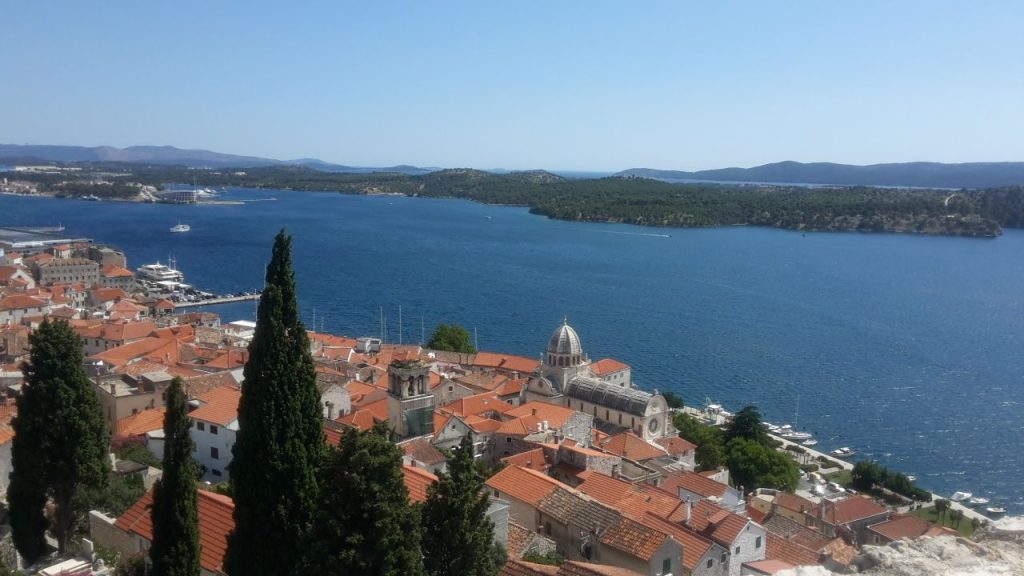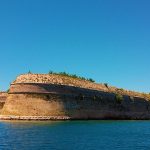Zadar’s defense walls and Sibenik’s St. Nicholas Fortress are the latest Croatian additions to join the famed list, let’s take a closer look at both of them…
After announcing the new two additions to growing UNESCO World Heritage List of Croatia last month, its finally official – St. Nicholas Fortress in Šibenik and the defensive walls of Zadar have officially been added to the list on the 9th of July, 2017 during the UNESCO conference in Krakow, Poland! If you’d like to read the TCN report, click here.
Zadar and Šibenik are listed as part of the numerous Venetian works of defence between the 16th and 17th centuries – or as part of Stato da Terra (western Stato da Mar) and they share this heritage with both Italy and Montenegro. This new UNESCO World Heritage site consists of 15 components of defence works in Croatia, Italy and Montenegro and is spread through more than 1000 kilometres from the Lombard region to the eastern Adriatic coast.
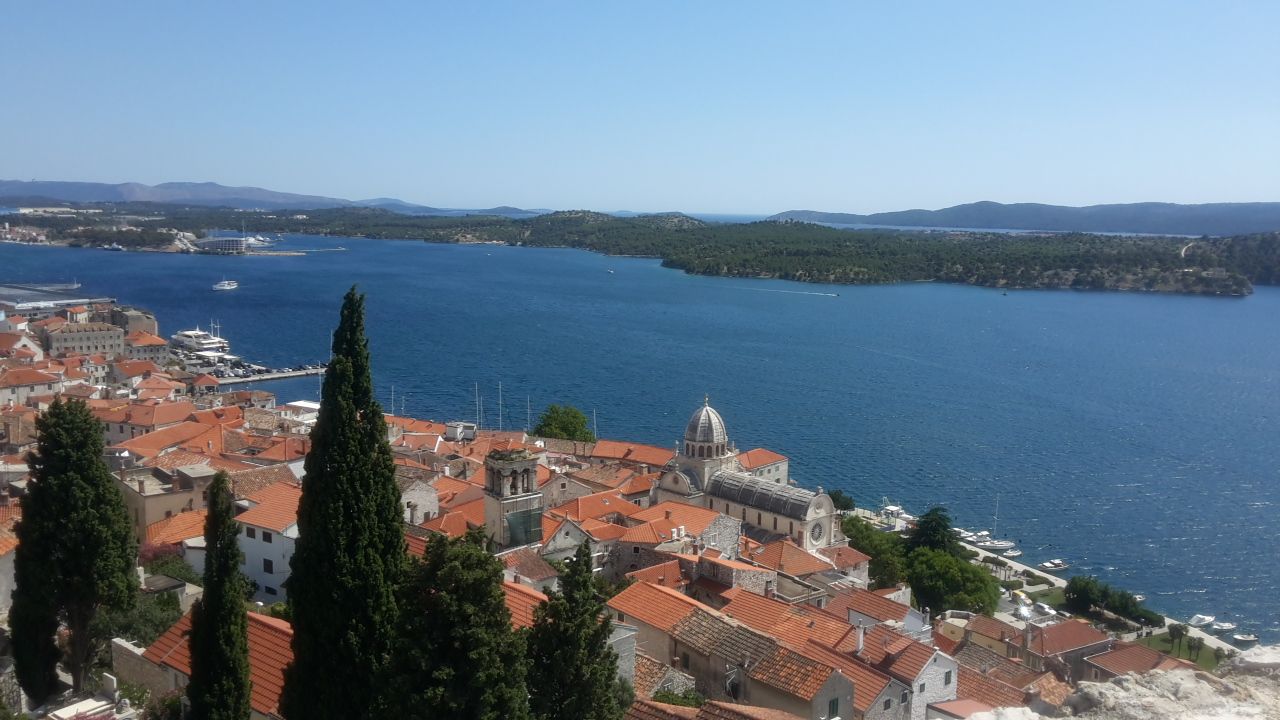
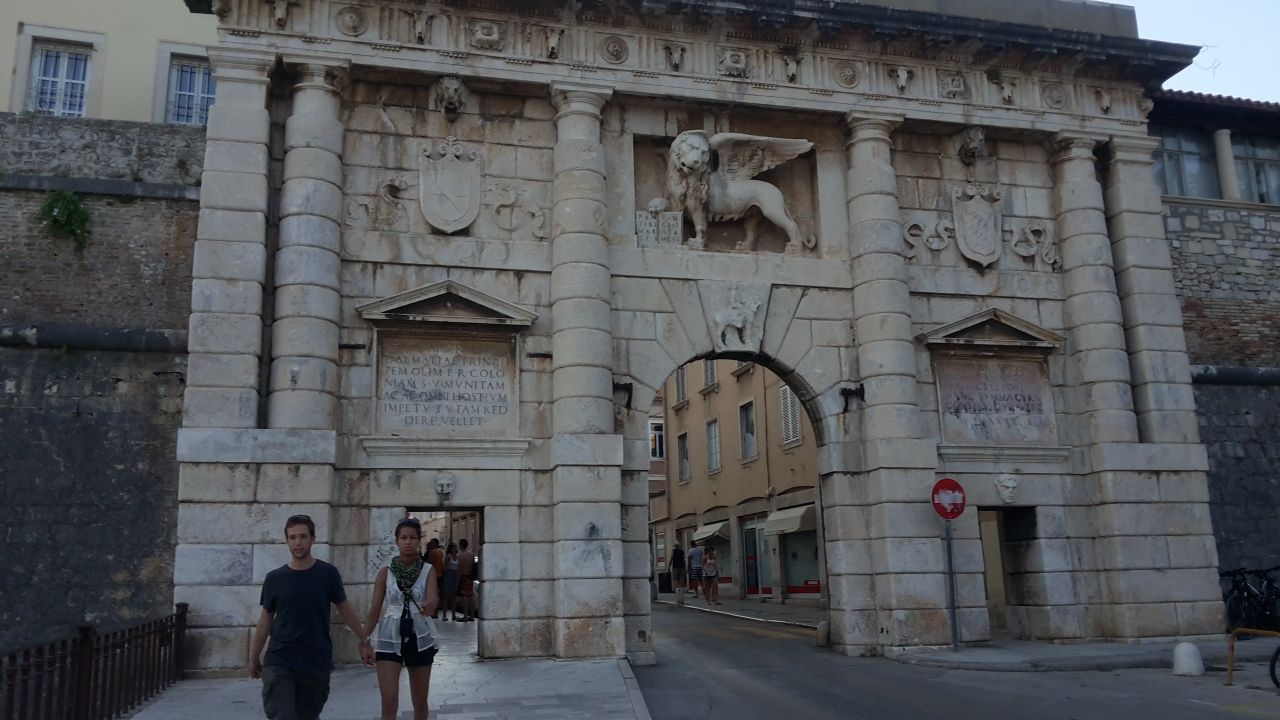
These fortifications were built to protect the Republic of Venice from other European countries. Stato da Terra protected Venice from the northwest, while Stato da Mar protected the sea routes and ports in the Adriatic Sea to the Levant. This transnational UNESCO nomination was submitted by Croatia, Italy and Montenegro together in 2016 and recently got official UNESCO approval for Bergamo, Peschiera del Garda and Palmanova in Italy, Kotor in Montenegro and Zadar and St. Nicholas in Šibenik.
This UNESCO heritage represents a way of building and construction in the 15th and 16th centuries, as well as adapting the innovative “alla moderna” model of military architecture. This way of building the fortifications holds importance when it comes to the organisation and the structural shape of the buildings. When gunpowder was introduced during the period of the construction of such fortifications, the elements of this military architecture show its technical and logistical advantages, modern military strategy and new architectural demands. This led to important shifts in military techniques and architecture, which led to a specific design that slowly spread throughout Europe.
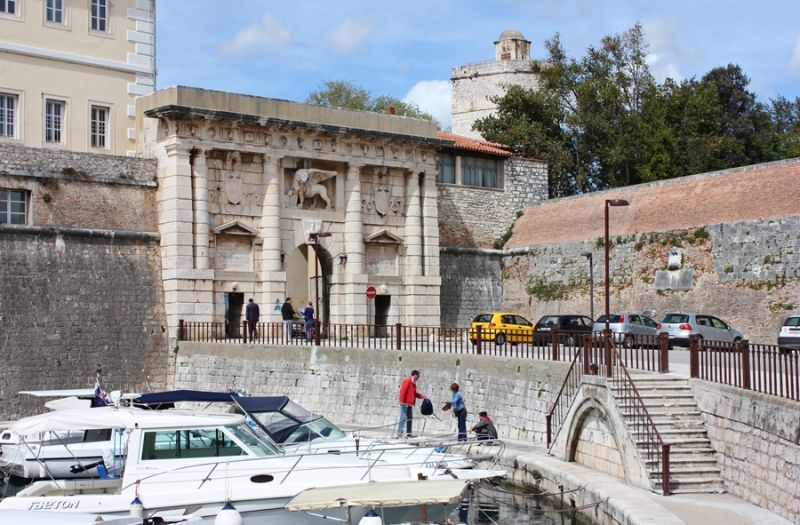
At the moment, Šibenik is the only town in Croatia with two UNESCO World Heritages under its belt. The new addition to UNESCO; The Fortress of St. Nicholas (Tvrđava Sv. Nikole) is located on the entrance to the St. Anthony canal and was built in the mid 16th century, based on the ideas of Michele Sammichelle, a builder from Venice, a tradesman who was a very well known name when it came to military architecture in the 16th century. The St. Nicholas fortress is the one of the strongest fortification objects on the Dalmatian coast and it is located on the island Ljuljevac Školjić. Before this, it was the first frontier of defence of Šibenik from the sea.
What is interesting is the fact the fortress was built on the sea unlike most of the fortresses that have bases on the mainland. Before, the fortress had 32 cannons and it still kept its original shape. There are plans to invest in the reconstruction of the fortress – which is currently closed for visitors, with future works hopefully allowing for visits.
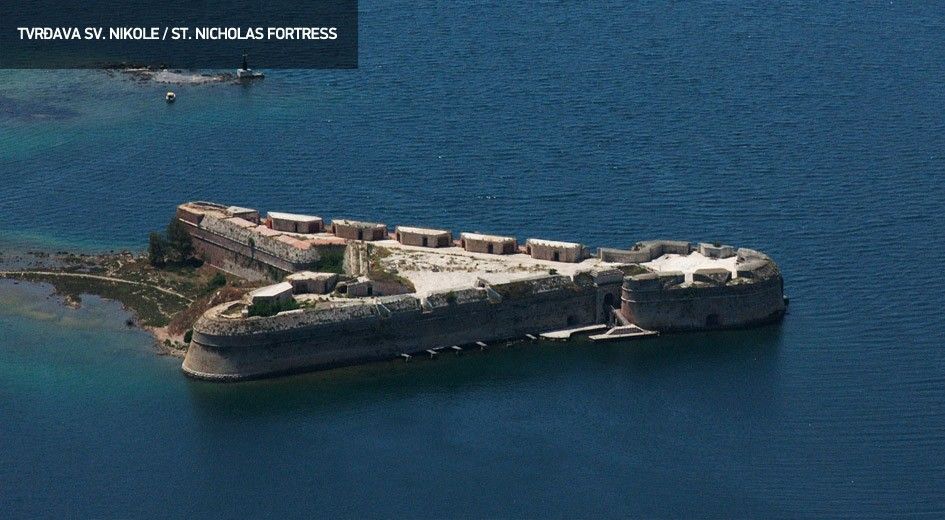
Zadar was the military and administrative centre for the Adriatic part of Venice and the crossroads of sea routes from Venice to Corfu, Greece. The 3km long walls that surround the peninsula where the city is located are part of the new UNESCO Walled Heritage. They were built in the 15th and 16th centuries to protect the town from the threat of the Ottomans. Otherwise, Zadar has a lot of forts, bastions and city gates. Parts of this fortification system were destroyed in the 19th century, but Zadar still has eight city gates to this very day.
The person responsible for building the fortification of Zadar is the same person who built the St. Nicholas fortress – Michele Sanmicheli and his nephew Giangirolamo. It is owing to Michele Sanmichele, that we have a main style direction in the shape of city walls with a bastion layout, the position of Land doors (Kopnena vrata) and Ponton – the central bastion between the Citadel (south side of the walls) and the St. Marcela Bastion. The Venetians also built the Porporela from the southwest to the northwest side – this is an embankment of rocks along the seaside which didn’t allow any ships to come close to the city walls. Other important buildings worth mentioning are Forte and Kaštel Fort.
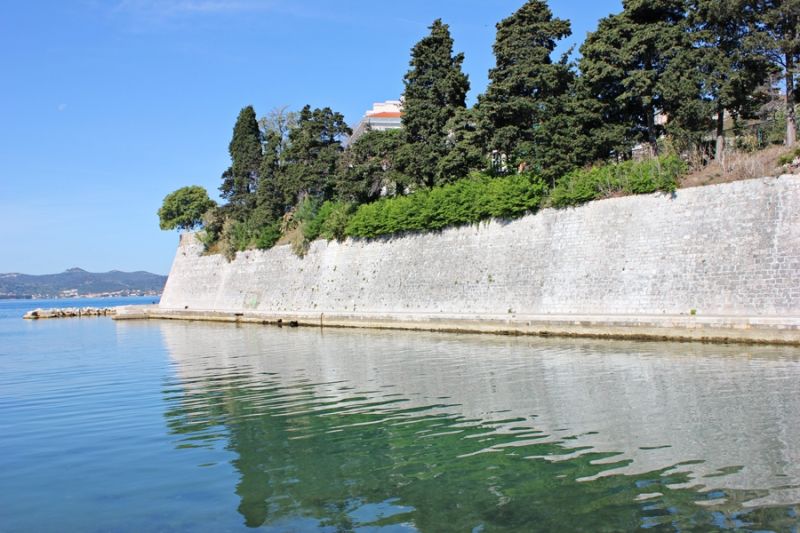
The danger of the marauding Ottomans and the fact that Zadar was then part of the Republic of Venice encouraged quick solutions and prompt construction. One of the masterpieces of Venetian renaissance architecture are definitely the Land doors in Zadar, built in 1543 by Sanmicheli. This was the main entrance to the town and the doors are now one of the greatest monuments from Venetian times. They have a triumphal arch with a central passage for vehicles and two smaller passages on the sides for pedestrians. They are decorated with the image of St. Krševan (one of the patron saints of Zadar) and a monumental sculpture of a lion holding an open book (symbol of Venice – when the statue of the lion holds the open book, this means Venice is in peace time, while when the book is closed, Venice is in wartime).

Other preserved gates in Zadar are the Middle Gates, the New Gates, St Roko Gates, the Sea Gates, the St. Dimitry and Chain Gates which are the smallest gates in town.
The fortification complex and the city walls recently succeeded in obtaining EU funding for restoration and reconstruction and this will definitely add more value to this new UNESCO heritage site.
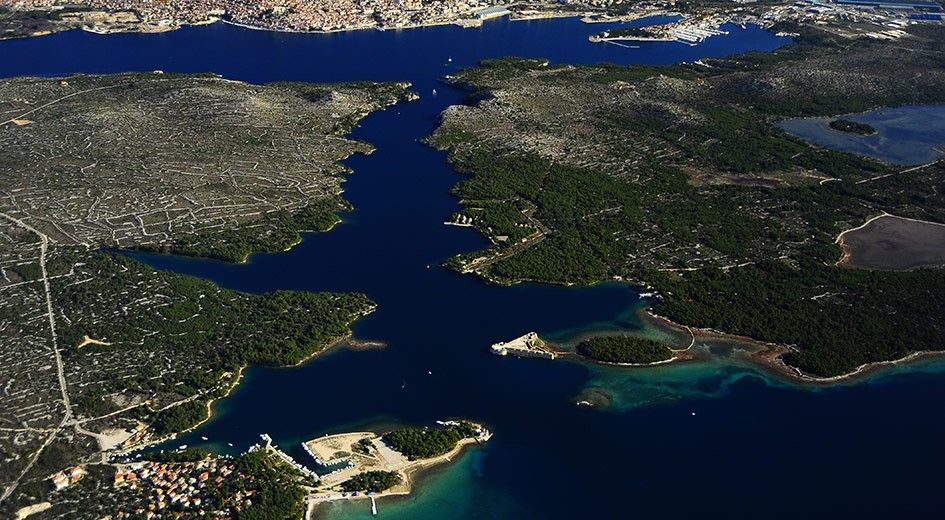
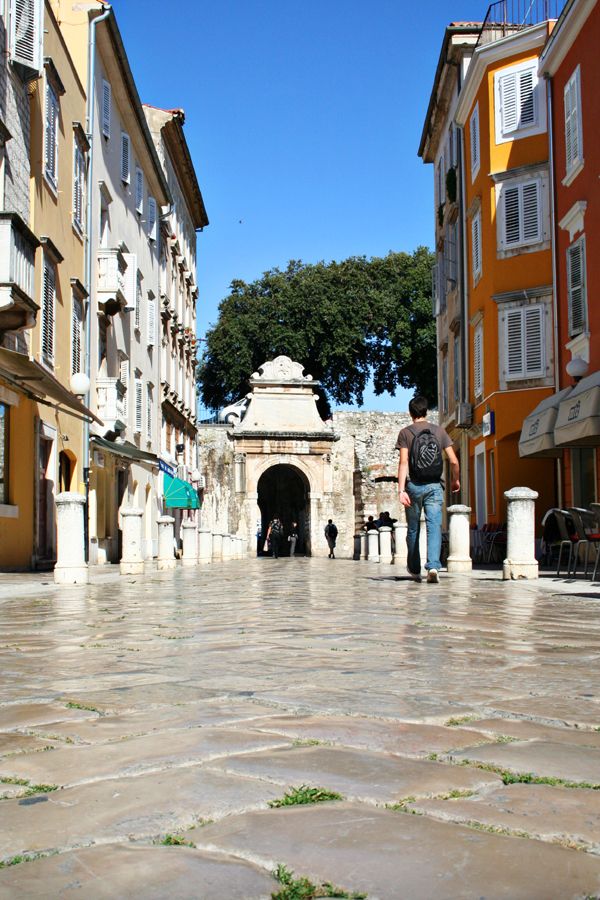
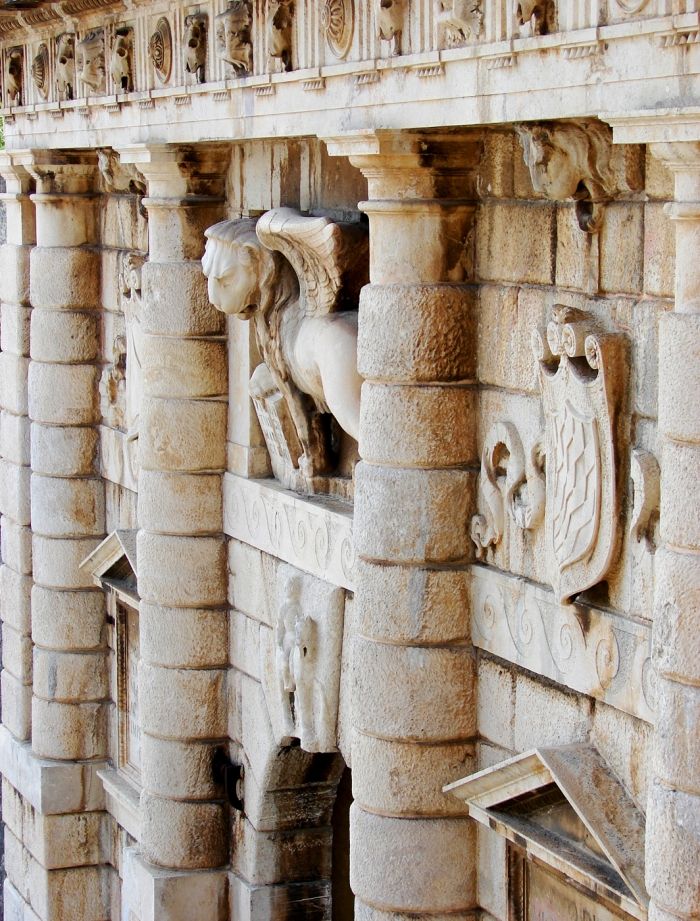
SOURCES: UNESCO, Ministry of Culture, Zadar Tourist Board, Zadaretro, Šibenski Portal, Sebenico, Šibenik Tourist Board

